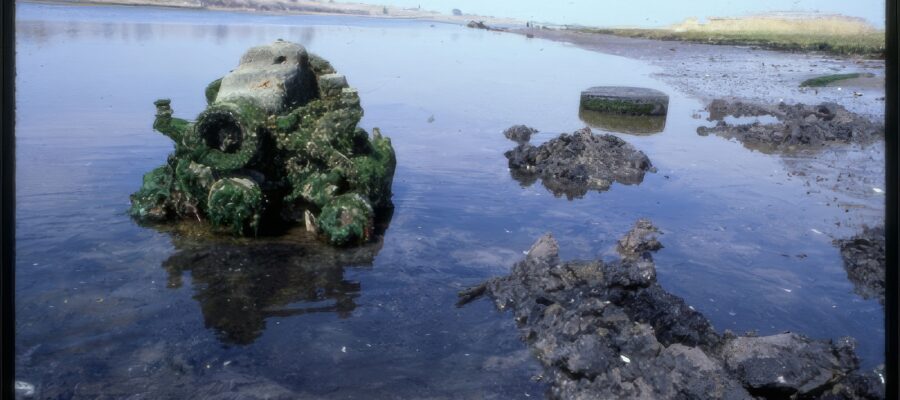Photos by Rosalie Winard • Text by Terry Bisson
“First Contact, the ancient and enduring dream of science fiction, is celebrated in these first photographs of the enigmatic Carapans who have apparently made our Earth their home. How long have they been here? What do they seek? The discovery of this colony on Long Island’s south shore raises more questions than it answers. Are they remnants of an expedition sent to explore our planet in its infancy? Survivors of a long-forgotten interplantary disaster?
Ferro-biologist Wilson Wu, whose discovery of the first non-DNA based life form won him both a MacArthur Award and a Nebula nomination, declines to speculate. He has, however, agreed to this “catch and release” encounter by an internationally-esteemed wildlife photographer and the obscure but respectable SF writer who was chosen by lottery to accompany her.”
THE DISCOVERY OF a new species is a comparatively rare and always inspiring event. But the discovery of an entire new Order of Being, one never before observed or indeed even suspected, is a wondrous gift indeed.
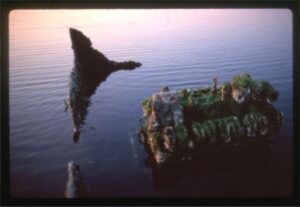
1. In this dramatic encounter, a young Carapans “bull” is turned away from a dangerous sun-warmed patch by one of the colony’s aroused salinity monitors.

2. The first view of the mother’s face is imprinted for life. It defines security, normality and beauty for Carapans, as for ourselves.
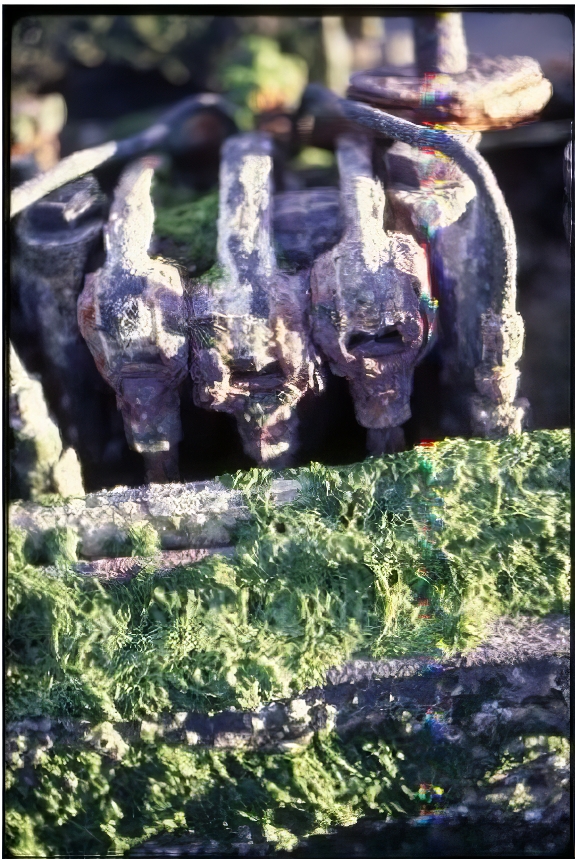
3. Some things are common to every life form: among them, the ravenous hunger of the young. Carapans discoverer Wilson Wu speculates that this ferrous life form arrived on Earth as meteoric spores, in which case the first generation faced a harsh struggle indeed.
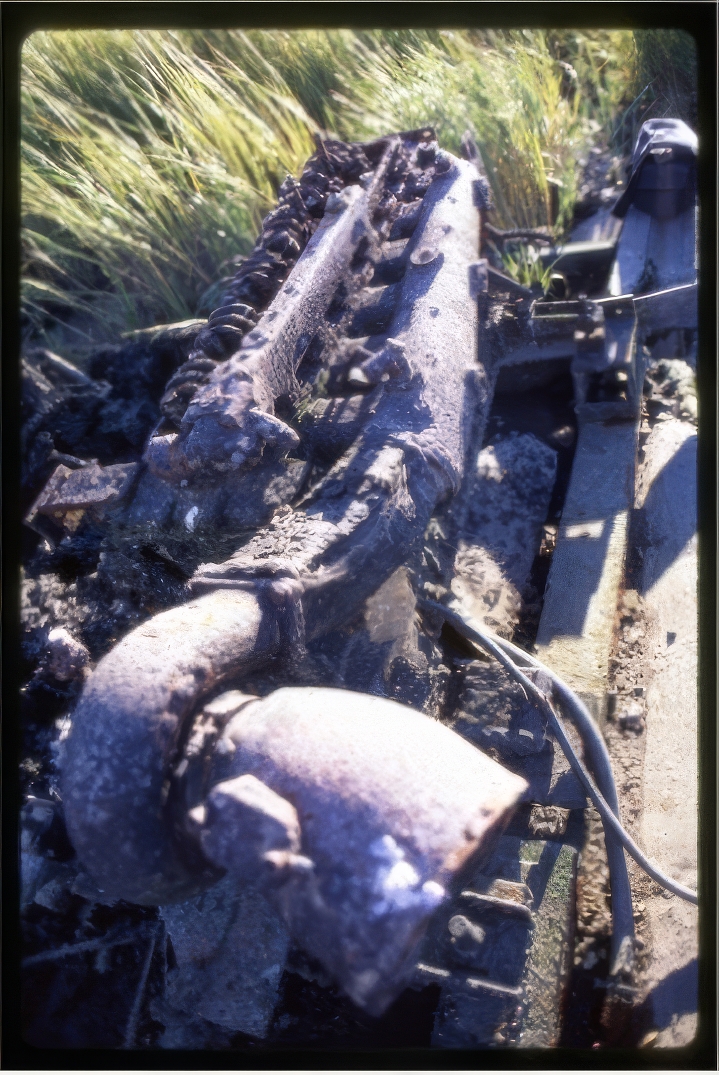
4. The slow and, for Carapans, deadly frenzies of copulation can take centuries. Afterward, the exhausted survivor retreats to the reed thickets—to brood over love’s dark mysteries?
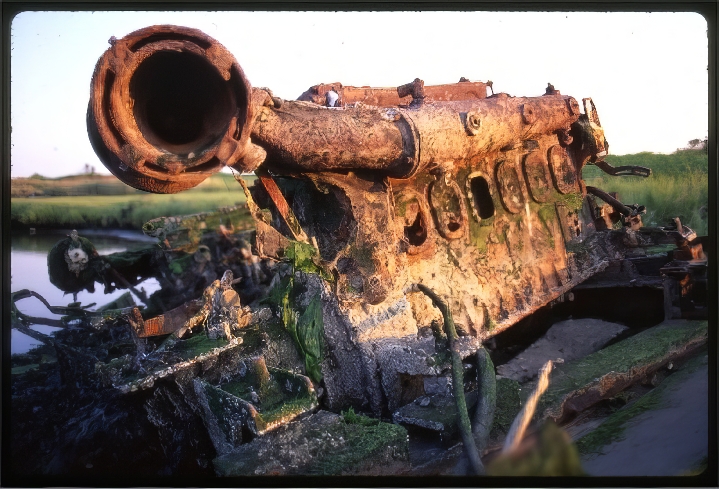
5. Flight is an evolutionary survival technique denied to non-metabolizing life forms. In Carapans, it is replaced by the awesome (and for humans, unhearable) microwave “scream.”
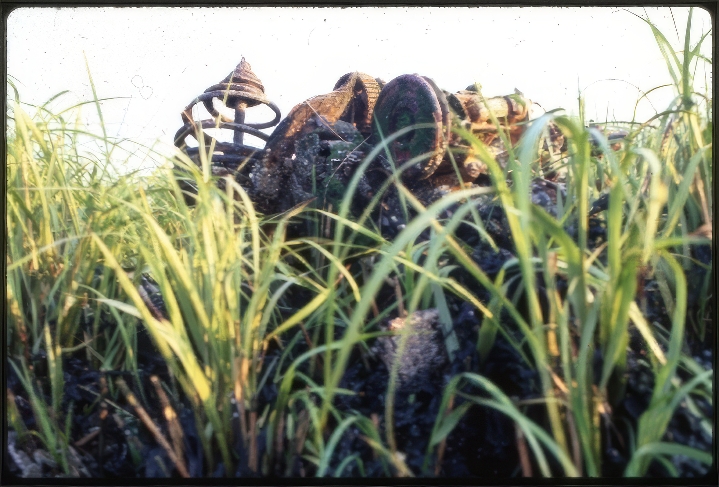
6. Life in the tidal marsh requires constant vigilance. The erect, tumescent coil serves as a signal to a hunter’s hidden cohort. The strike, when it occurs, will be too slow for the human eye to perceive.
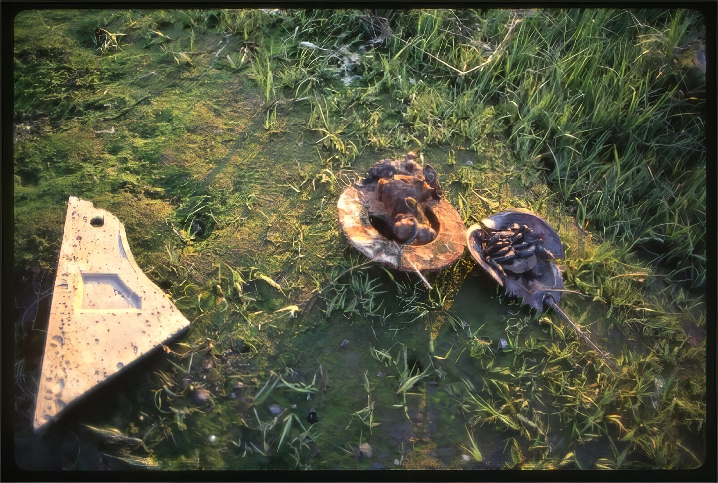
7. Let’s bag some rays! Sunning Carapans store solar energy in their rust-colored shells, rationing it over the centuries to enable their young to survive our planet’s grim periodic Ice Ages.
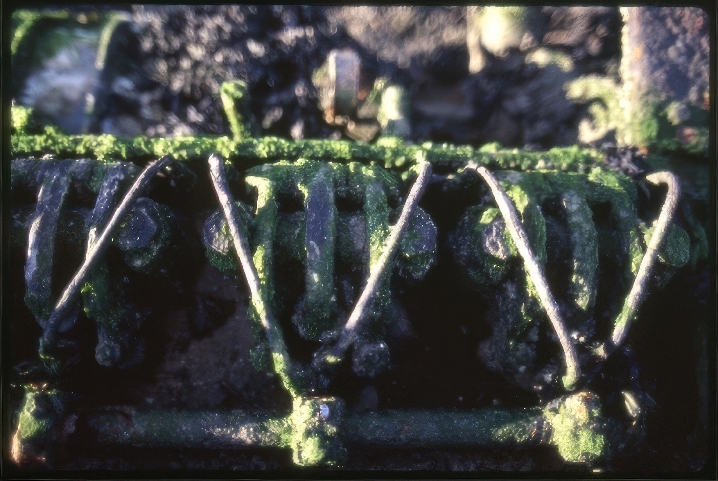
8. Appearance is everything when the game is intimidation. Defensive formations such as this Carapans warrior array appear to have a ritual function as well, as they occur even when no threat is apparent.
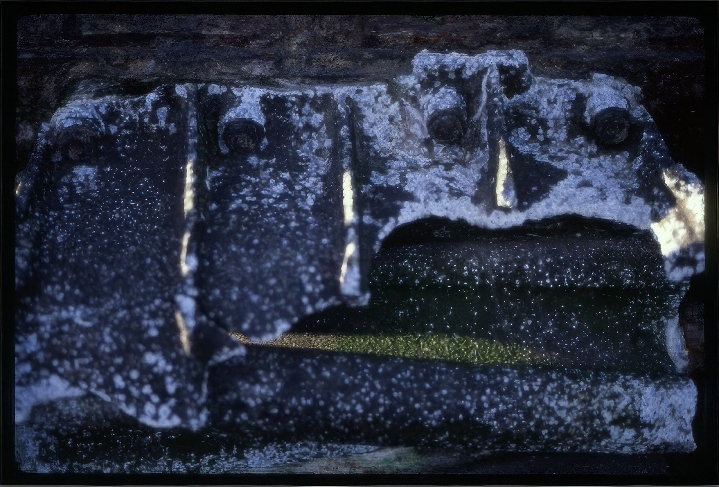
9. Cogito, ergo sum. Among Carapans, the processes of thought are distinct from digestion and reproduction. This causes a certain intellectual detachment, as a body and its brain may meet only once or twice in a lifetime.
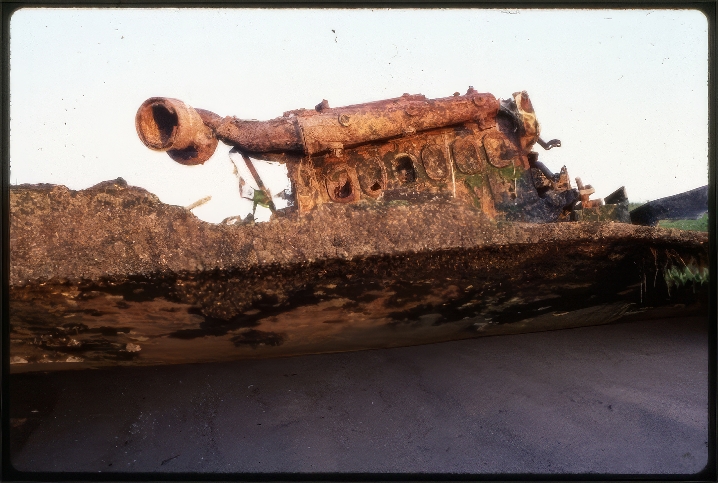
10. Here a adult Carapan Ordensiri Alaris surveys the tidal landscape for iron- and oxygen-hungry predators. It was anomalous radio interference that first revealed this new Order to scanner-wielding scientists—among them, Wu.
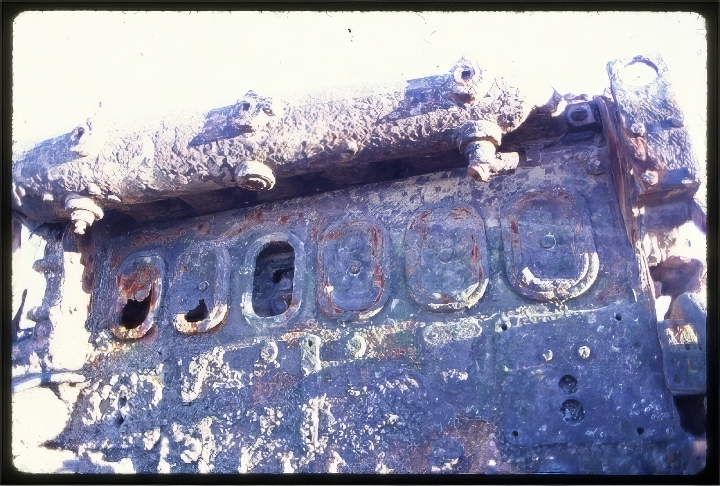
11. Rise and shine! No human observer lives long enough to chronicle the entire sequence of Carapans awakening to enjoy the warmth of the interglacial “season.”
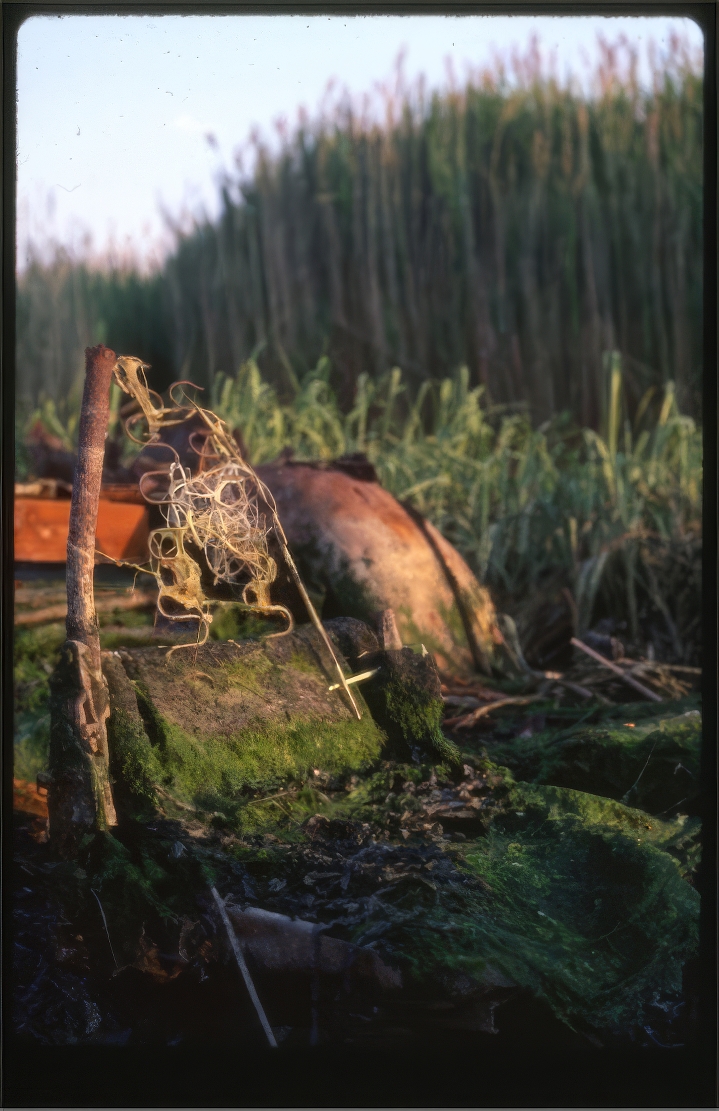
12. Every species reproduces, and many make war. But only a few build tombs to honor their dead. Dr. Wu’s discovery of this wistful sarcophagus overlooking New York’s Jamaica Bay marked the beginning of the new science of heavy metal-anthropology.
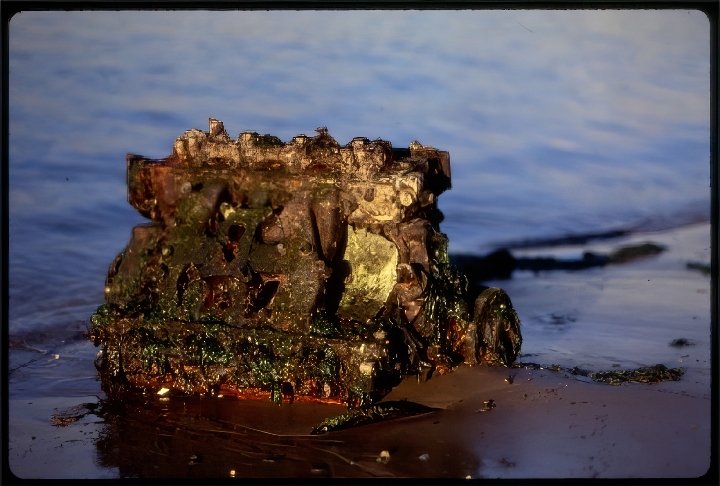
13. Good night, sweet prince. Displaying the marks of long-forgotten battles, this elder returns to the waters that gave it life. New ferrodating techniques have confirmed Wu’s theory that the spore rich “mother” meteor landed off Long Island in one of four previous interglacial periods.
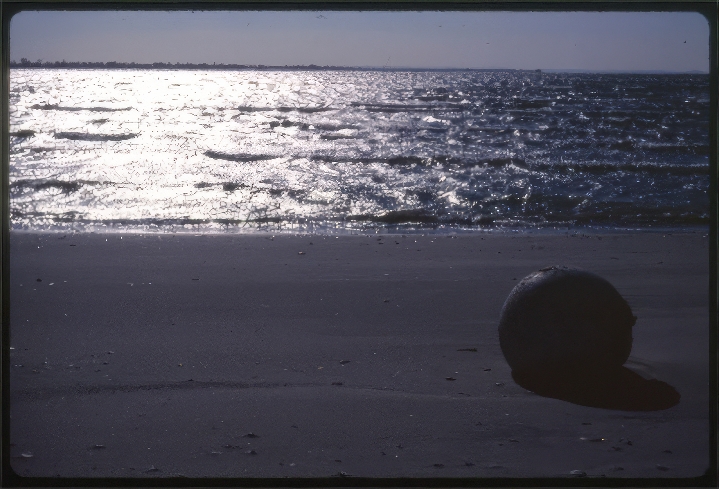
14. signed to behold the awesome void from which it came. What it sees we may never know, as the dead are reluctant to share their dreams with the living.
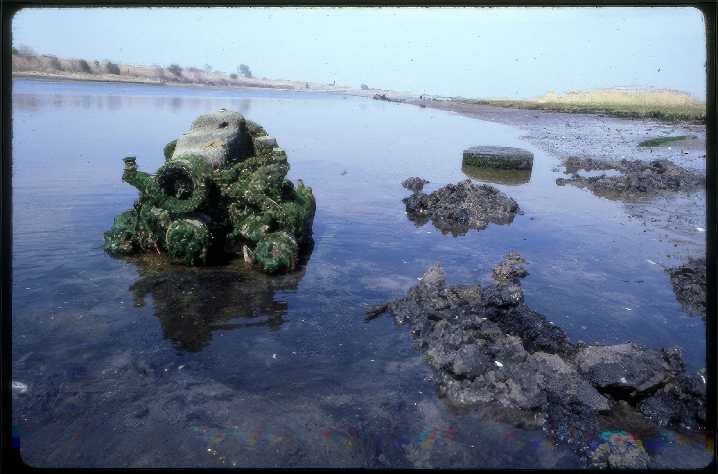
15. And so, as the sun sets on another day in New York’s tidal wetlands, we say farewell to this noble and enigmatic creature, with which we are privileged to share our planet.

